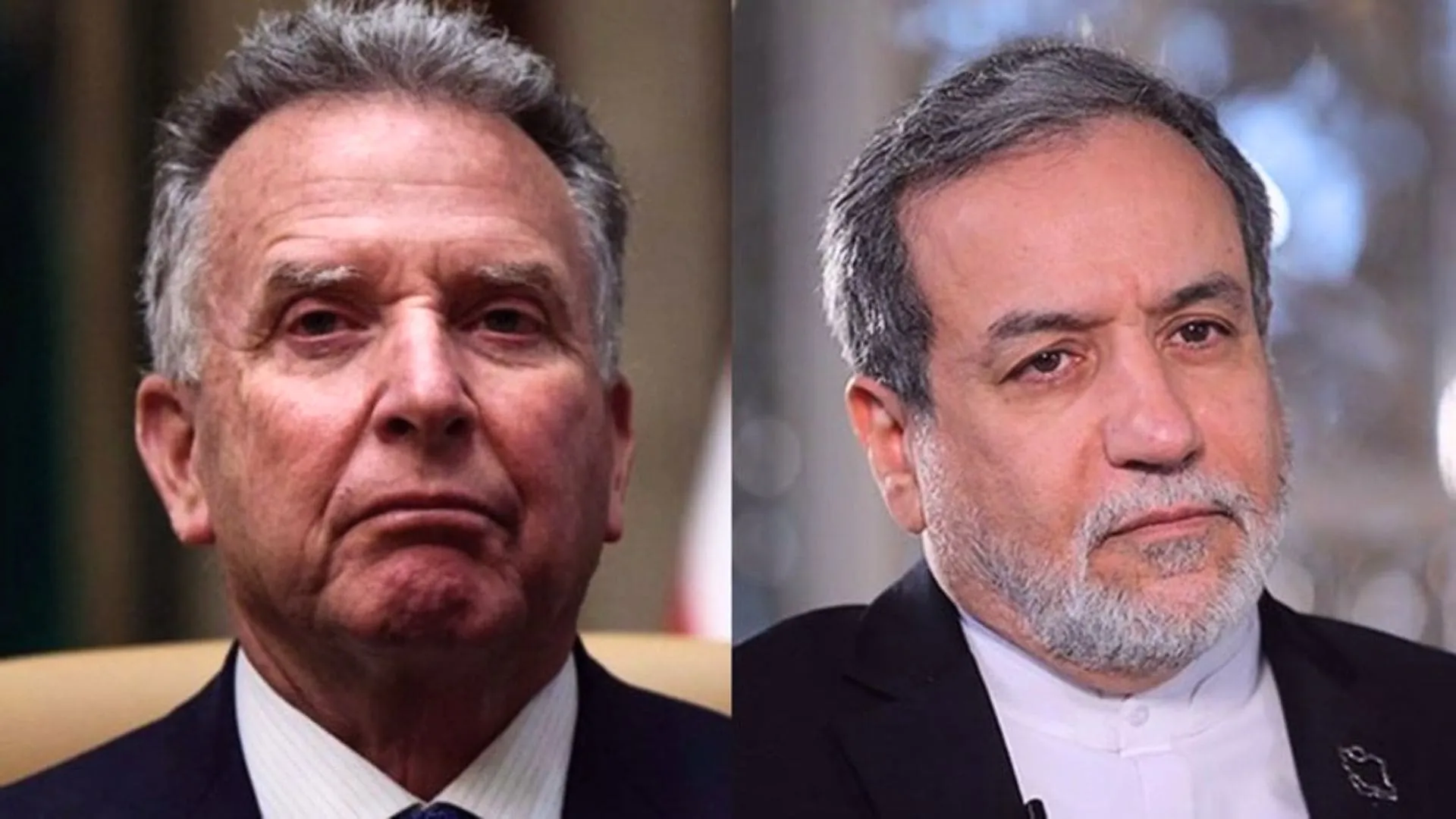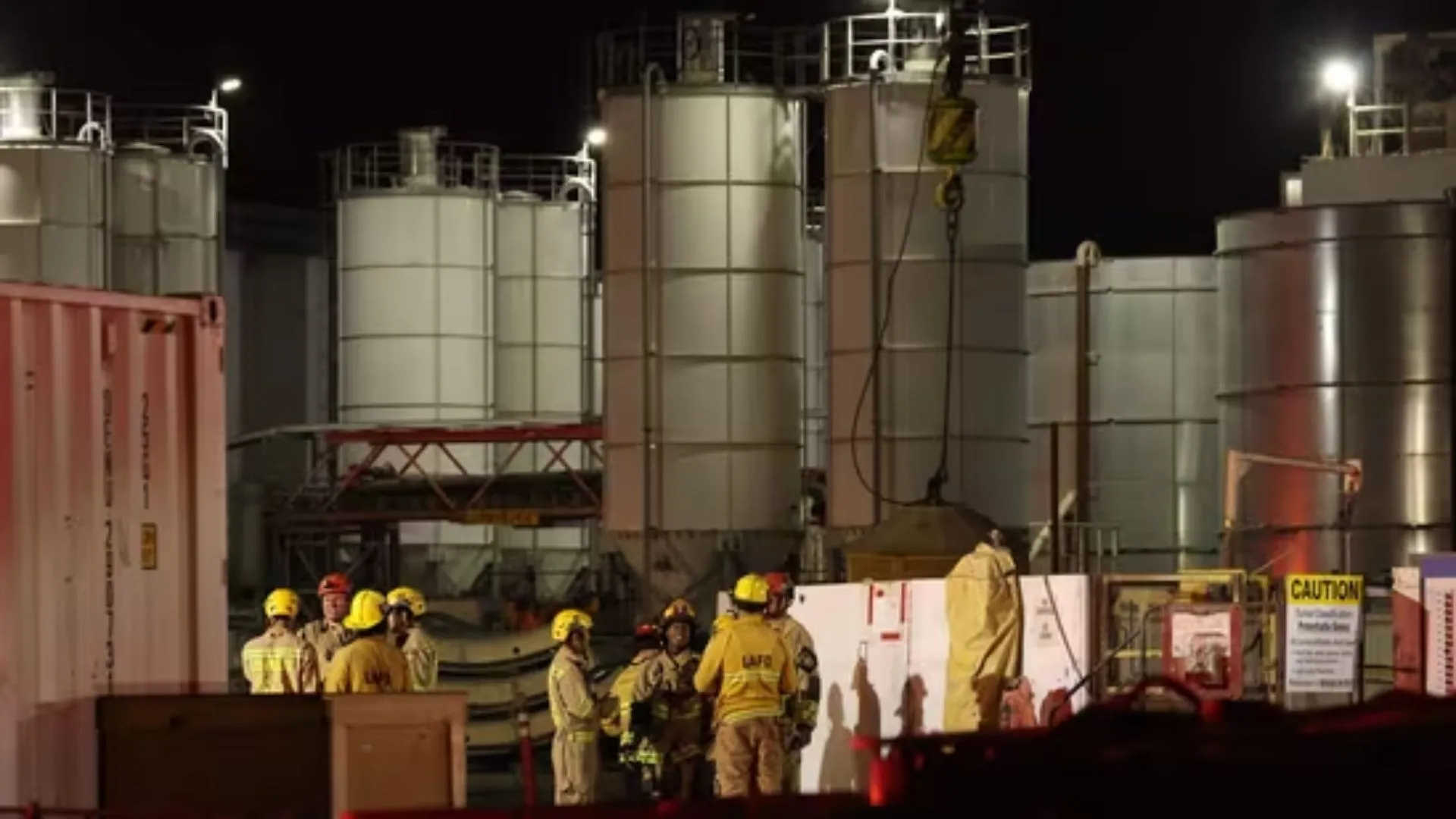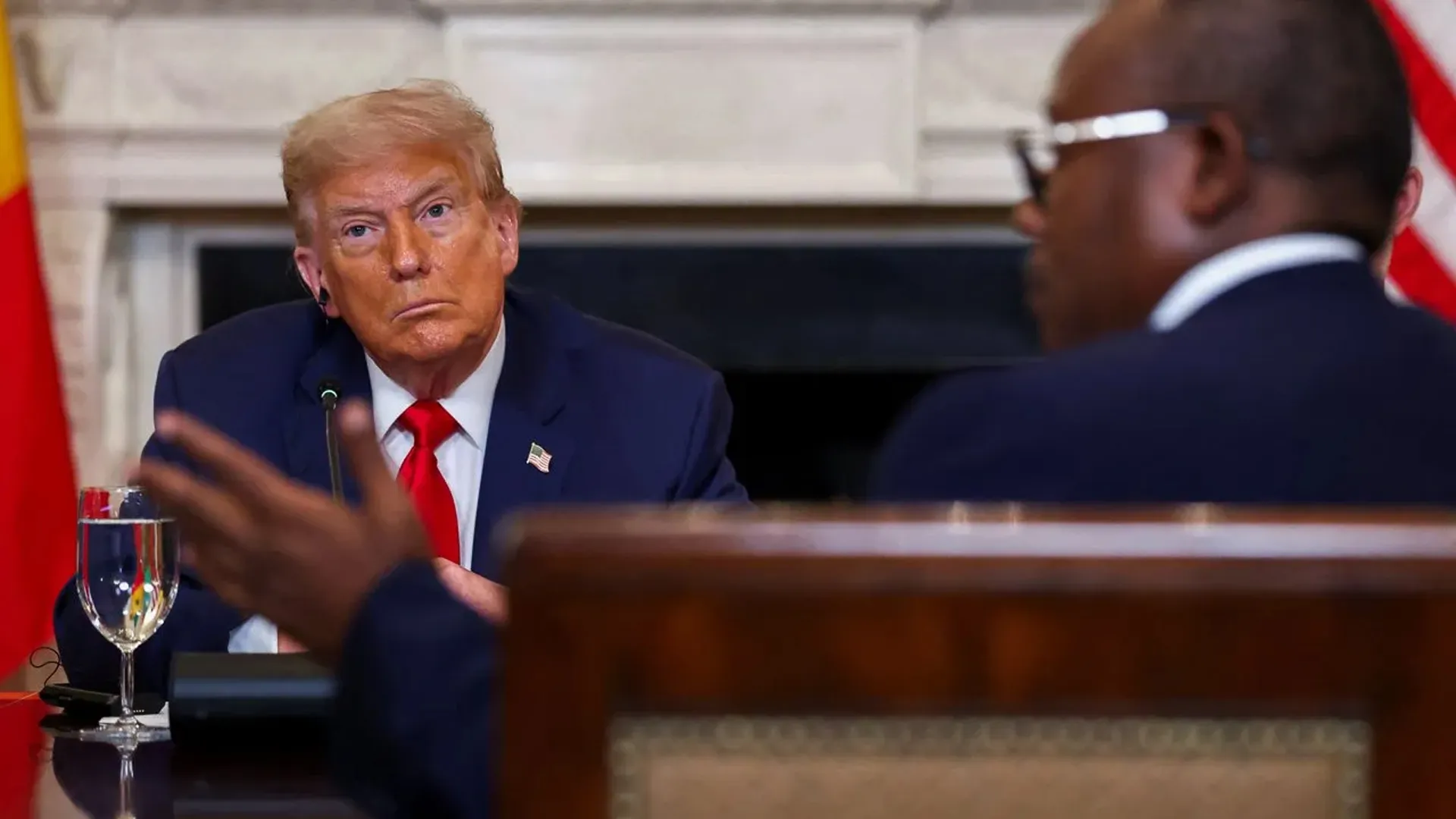The US-Iran relationship is once again in the spotlight as both countries prepare for indirect talks in Oman this week—their first serious diplomatic engagement since President Donald Trump withdrew from the 2015 nuclear deal in 2018. Tensions have only escalated since then, with Washington alarmed over Iran’s rapidly advancing nuclear program, and Tehran demanding sanctions relief and restored trust. These indirect negotiations mark a critical moment in US-Iran ties and could be the last chance to prevent another full-blown crisis in the Middle East.
Why These Talks Matter?
The US wants Iran to cut back on uranium enrichment. Iran is now enriching uranium to 60% purity. That’s almost weapons-grade, but Iran insists it will never use it to make a bomb. Nevertheless, the stockpile grew quickly. The International Atomic Energy Agency (IAEA) reports Iran now has more than 8,000 kg of enriched uranium—way over the 300 kg limit of the 2015 agreement.
The backdoor format of the negotiations is indicative of just how tense things have become. The US maintains it is willing to have direct talks. Iran demands the use of intermediaries, such as Oman. It’s a reflection of how little trust is left.
Trump’s Return Changes the Game
Trump has come back to the White House and taking a hard-line approach. He’s reimposed sanctions and also threatened military strikes. He went so far as to send Iran’s Supreme Leader, Ayatollah Ali Khamenei, a warning letter of probable strikes if there are no breakthroughs in the talks.
Ayatollah Ali Khamenei ignored the letter. He threatened to hit back very hard if attacked. Iranian officials have repeated this, stating that Iran has means to protect itself and could re-evaluate its nuclear policy if threatened.
Iran’s Position: No Direct Talks, No Trust
Iranian President Masoud Pezeshkian explained that they don’t shun negotiations but require evidence the US can deliver on promises. Tehran accuses Washington of violating previous agreements. Iran’s Foreign Ministry labeled Trump’s threats a “shocking affront to peace.”
Iranian media indicate the nation has brought missiles closer to US targets. In turn, the US has sent B-2 bombers to Diego Garcia, a base in striking distance of Iran. Both nations are on high alert.
A Threat of Regional Fallout
This isn’t about two nations. Iran’s nuclear ascension has the potential to set off a Middle East arms race. Israel already is nuclear-armed. Saudi Arabia has threatened that it will follow suit if Iran comes too close to a nuclear bomb.
Regional actors such as Turkey and Egypt could follow. That would destabilize the global non-proliferation regime. The Middle East is unstable enough with wars in Gaza, Syria, and Yemen. Mix in nuclear threats, and you have an explosive mix.
How We Got Here: A Timeline of Distrust
In 2015, Iran agreed to a nuclear accord with world powers. It restrained its nuclear activities in return for sanctions relief. Trump withdrew from the agreement in 2018, denouncing it as weak. He reinstated stringent sanctions. Iran retaliated by slowly building up breaches in the deal.
Trump’s “maximum pressure” effort emphasized Iran’s economy but failed to halt uranium enrichment. Diplomacy plateaued. Today, with Trump back in office, both nations are reverting to positions of yesteryears—with fresh haste.
The Shadow of 1979 Still Lingers
The bad blood dates back decades. In 1979, Iran’s Islamic Revolution toppled the pro-US Shah. Later that year, Iranian students stormed the US Embassy, beginning the 444-day hostage crisis. Diplomatic relations were severed.
Since then, relations have see-sawed between hostility and limited engagement. The nuclear deal was a peak. Trump’s 2018 withdrawal sent it all tumbling down.
What’s Next: Diplomacy or Disaster?
The negotiations in Oman could soothe tensions—or widen the gap. Without breakthroughs, the threat of war increases. Israel might not wait for diplomatic efforts if it perceives a nuclear Iran as a threat to its survival. The US would then be pulled in.
Trump’s advisors are convinced aggressive tactics will get Iran to the negotiating table. Iran believes only pressure has shifted—but not the results. Both sides desire security but disagree on how to secure it.
Can This Stop the Next Big War?
This phase of talks is more than diplomacy — it’s an experiment in whether quiet diplomacy can avert a loud war. With Israel, Saudi Arabia, and even the US considering military action if Iran passes certain nuclear red lines, the margin for miscalculation is dwindling rapidly. If diplomacy again fails, a regional war could break out — one that engages world powers, upsets oil markets, and further destabilizes the Middle East. These negotiations in Oman might be the final opportunity to ratchet down tensions before someone flips a switch.






















